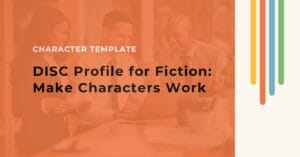
Organize your creativity with the #1 book outlining and story bible software for professional and aspiring writers.
Product
Helpful Links
© Fictional Devices, 2024. All Rights Reserved.
One of the very best parts of being an author is experimenting with tricks and techniques to craft stronger, more believable characters and stories.
One useful tool is the concept of Enneagrams, archetypal frameworks that reveal personality insights and behavioral patterns. Keep reading to explore why creating Enneagram character profiles should be your next plotting experiment.
[Edit: June 19th 2024]
We just released a new Enneagram tool to help all us writers!
We’re calling it the Enneagram Visualizer and you can find it here: enneagram.plottr.com
You can learn more about it in a blog post coming soon and hopefully it’ll be integrated into Plottr someday soon.
You may be scratching your head and wondering: “What in the world is an Enneagram?”
The word itself has Greek roots and refers to a nine-pointed symbol inside a circle. What does that shape have to do with writing? The Enneagram is a system that classifies the spectrum of human personality into nine types, each represented by one of those nine points.

An individual’s Enneagram is said to predict their habits, proclivities, and thought patterns — all very helpful insights to create complex, unique characters who drive exciting stories.
No matter what genre you write, it’s vital to create compelling characters readers care about.
The first step in doing that is to understand what makes characters tick: their backgrounds, likes, dislikes, motivations, dreams, and fears.
Your next novel will benefit from creating Enneagram character profiles in some big ways:
The Enneagram Character Template in Plottr is a useful tool for understanding which of the nine personality types your characters fit best. This provides insights into the character qualities that drive action and your plot. Keep reading to learn more about Plottr’s Enneagram Character Template and how to use it.
Plottr’s Enneagram Character Template consists of three parts: your character’s main personality type, their core desire, and their core fear.
You can take a free Enneagram test (for yourself or for those Enneagram character profiles you’re about to create!).
According to the Enneagram Institute, the nine main personalities are:
1: The Reformer. The rational, idealistic type who is purposeful and principled. Reformers have a “sense of mission” that leads them to want to improve the world in whatever way they can.
A core fear is corruption or evil, and a core desire is to be a good, balanced person. Examples: Hermione Granger, Dr. Jack Kevorkian, and Justice Sandra Day O’Conner.
2: The Helper. A caring, people-pleasing type who tends to be demonstrative, generous, and possessive. They are well-meaning, but can also be sentimental and slip into doing things for others in order to feel needed.
A core fear is of being unwanted or unloved. A basic desire is to feel loved and appreciated. Examples: Samwise Gamgee, Emma Woodhouse, and Dr. McCoy from Star Trek.
3: The Achiever. The success-oriented, pragmatic type who is adaptive, driven, and image conscious. Achievers are often competent, charming, and diplomatic. But they can also have problems with workaholism and competitiveness and can become vain and deceitful.
Achievers’ basic fear is being worthless. A core desire is to feel valuable and worthwhile. Examples: Odysseus, Hercules, and Braveheart.
4: The Individualist. The sensitive, withdrawn type who tends to be expressive, dramatic, and self-absorbed. People with this personality type are often honest and creative, but can sometimes withhold themselves from others due to feeling vulnerable and defective.
A core fear is not having any personal significance. A basic desire is to find themselves and create an identity. Examples: Boo Radley, Lizzie Bennet, Jay Gatsby.
5: The Investigator. The intense, cerebral type who is often perceptive, innovative, and secretive. Investigators can be visionary pioneers, able to see the world in an entirely new way. But they can have problems with eccentricity and isolation, easily becoming detached and preoccupied with their thoughts.
Examples: Hercule Poirot, Sherlock Holmes, and Fox Mulder from The X-Files.
6: The Loyalist. The committed, security-oriented type who tends to be engaging, responsible, and suspicious. Loyalists are excellent troubleshooters who can foresee problems and foster cooperation. But they can also become defensive and anxious when stressed.
A core fear is of being left alone without support or guidance. A basic desire is to feel secure. Examples: Hamlet, Marilla Cuthbert.
7: The Enthusiast. The busy and fun-loving type who is often spontaneous, versatile, and scattered. People with this personality tend to be playful, optimistic, and impatient. But they can also misapply their talents and become undisciplined.
A core fear is of being deprived and in pain. A main goal is to be satisfied and content with all their needs met. Examples: Tigger, Calvin in Calvin & Hobbes, Jamie Fraser.
8: The Challenger. The powerful, dominating type who is decisive, willful, and confrontational. Challengers are often straight-talking, protective, and feel they must control their environment. This can make them intimidating, short-tempered, and egocentric.
A Challenger’s basic fear is of being harmed or controlled by others. A core desire is to be in control of their own lives. Examples: Draco Malfoy, President Snow.
9: The Peacemaker. The easygoing, self-effacing type who tends to be receptive, reassuring, and complacent. They are often great at bringing people together and healing conflict. But peacemakers can be too willing to go along with others and tend to minimize anything upsetting.
Peacemakers’ basic fear is of loss and separation. A core desire is to have stability and peace of mind. Examples: Fanny Price, Meg March.
That’s nine different types of Enneagram character profiles you can use to fill your story with diverse personalities.
Now that you’re familiar with Enneagram character profiles, let’s take a look at an example of what Enneagram character profiles might look like. We assign characters an Enneagram personality type, then a core desire and core fear based on that type.
This one’s based on the famous airline pilot Captain “Sully” Sullenberger, the leading role in the 2016 biographical drama Sully:
Personality Type: Reformer
Core Desire: As a Reformer, Captain Sully’s greatest desire is to do good. So, after a bird strike destroys the engines on the commercial plane he’s piloting, his only desire is to safely land the plane and preserve the lives of all 155 people on board.
Core Fear: Captain Sully’s greatest fear is to make a bad decision that could harm others. In this story, his core fear is that he will fail in his attempt to safely land the plane and will have to bear responsibility for the deaths of his passengers.
Do you see how understanding what drives a character, including their core fears and desires, can help you shape your story?
If you’re ready to create your first Enneagram character profiles, you’ll first need to purchase Plottr or sign up for a free trial.
Once you have Plottr set up on your computer, follow these five steps to add the Enneagram Template to your characters:

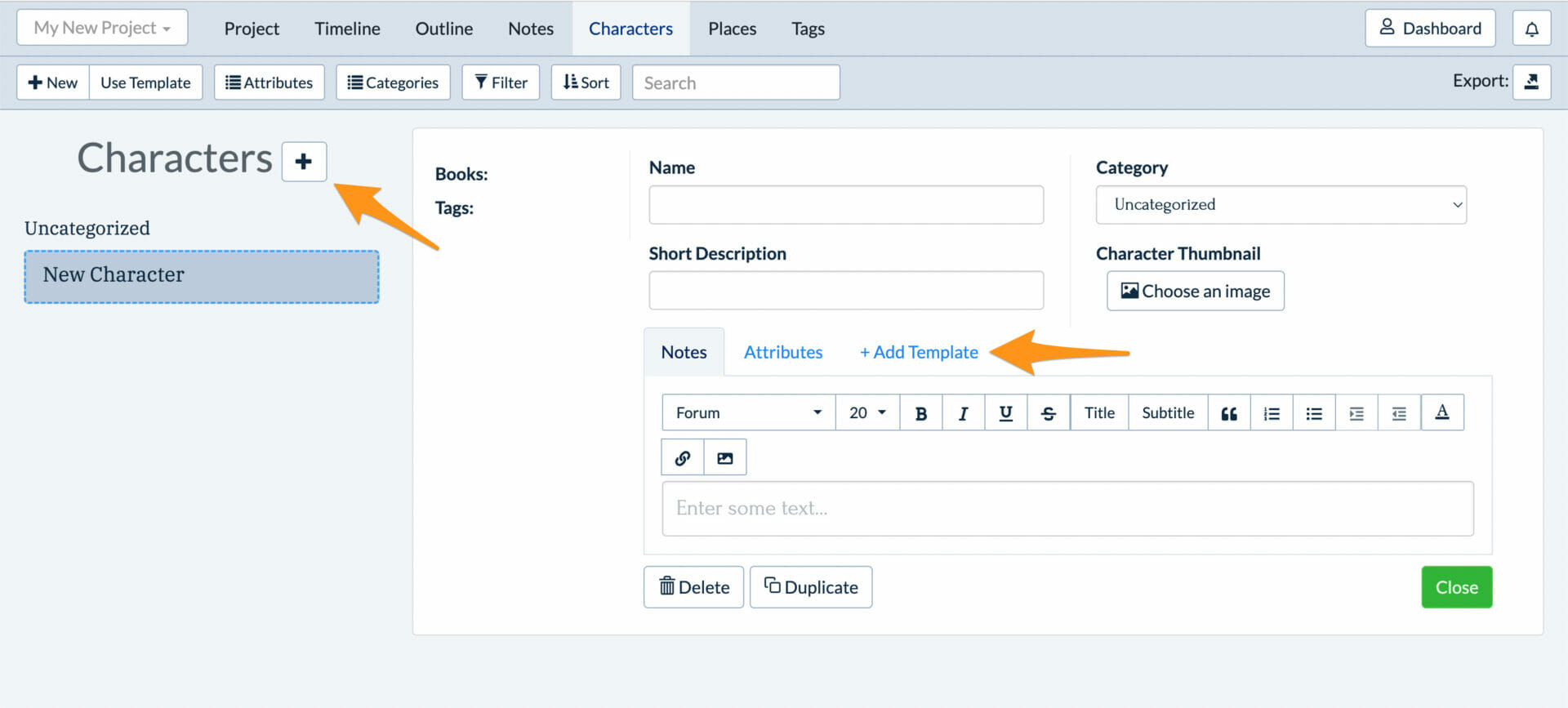
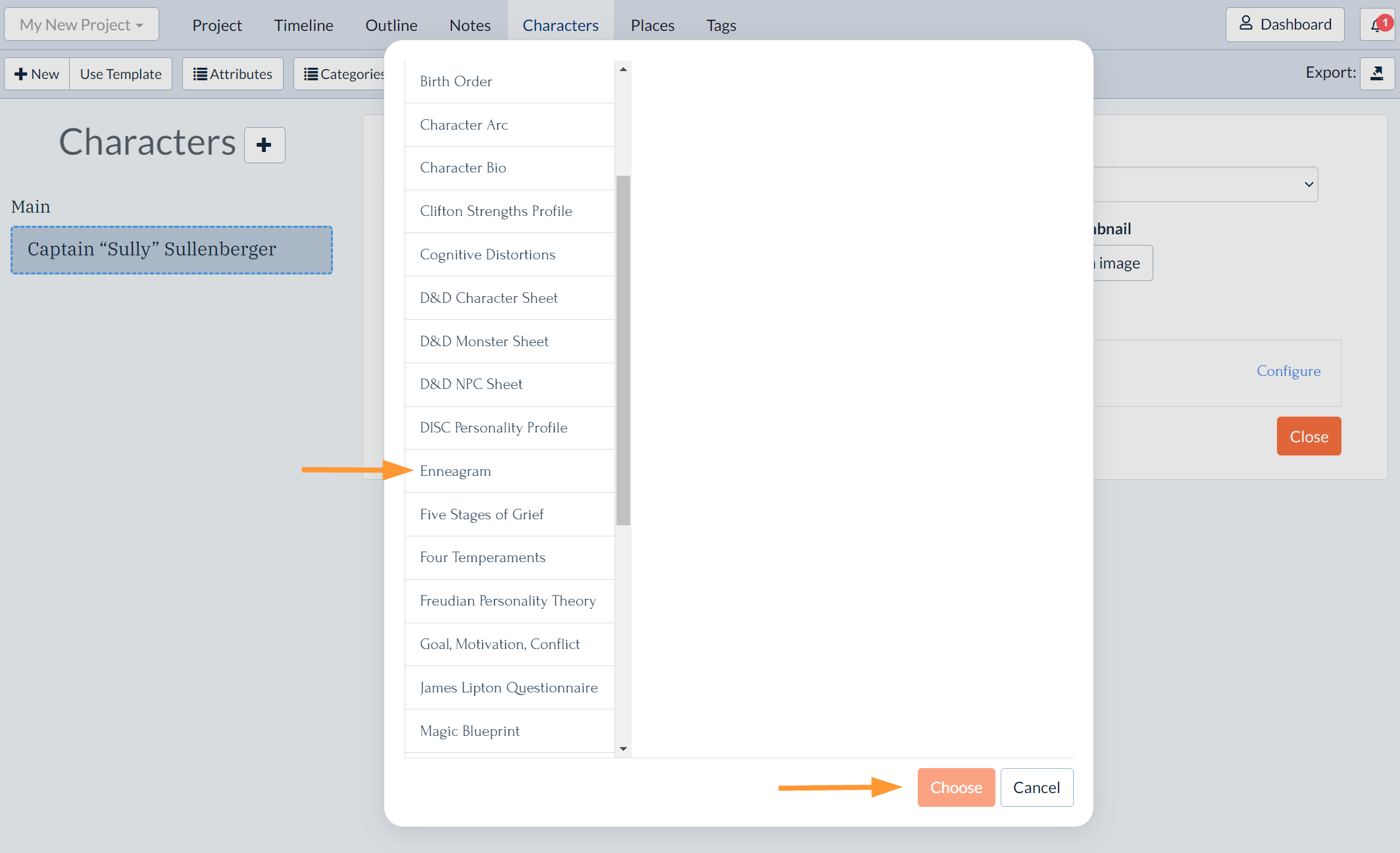
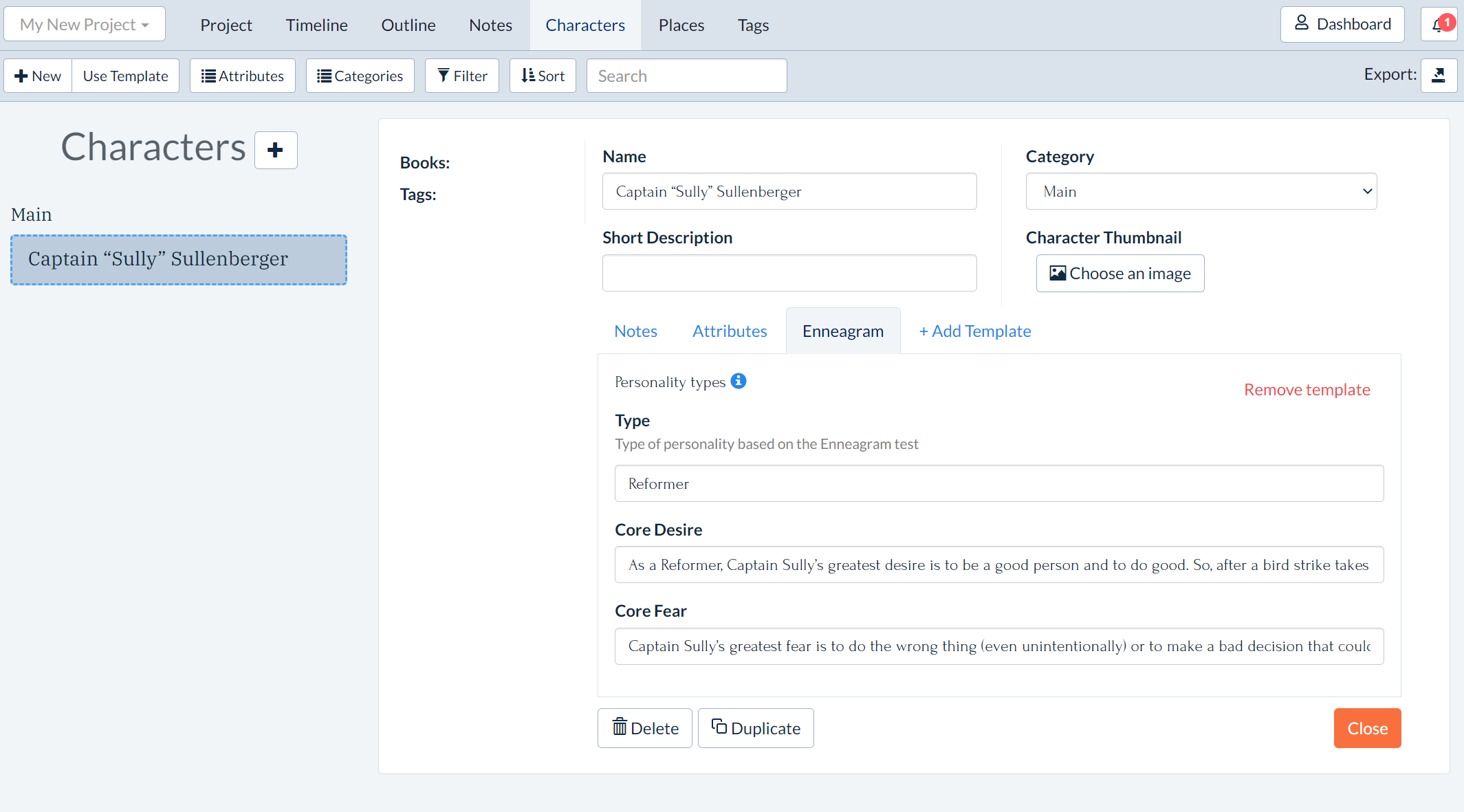
And there you go! You’re all ready to get writing. If you’d like to add even more depth to these Enneagram character profiles, the template also pairs well with these others:
After creating Enneagram character profiles, your mind will be buzzing with ideas and inspiration.
Have fun with this and all of Plottr’s character templates and let us know which is your favorite in the comments below! You can also join free Plottr training every Tuesday to get answers to pressing questions.
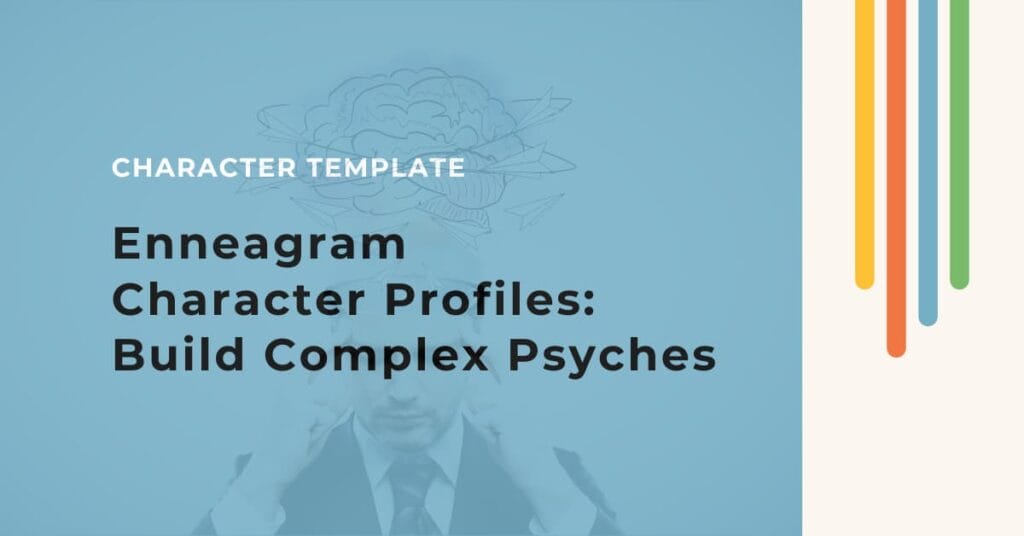

© Fictional Devices, 2024. All Rights Reserved.
2 thoughts on “Enneagram Character Profiles: Build Complex Psyches”
Each Enneagram type has a “stress number” and a “growth number” that would be helpful when thinking about plot arcs and character arcs. Since our stories tend to put our main characters through intense and prolonged stress, knowing the negative behaviors of their stress number would be helpful in making their reactions realistic. And since we usually want our characters to grow over the course of the story, knowing the positive behaviors of their growth number can make that transition more realistic. Their core motivations (core fear, core desire) will remain the same (that of their own type), but behaviors can and should shift.
Hi Garrett, thank you for sharing that helpful extra context and taking time to share your thoughts about Enneagram types and how they pertain to plot and character arcs! ‘Behaviors can and should shift,’ yes indeed.